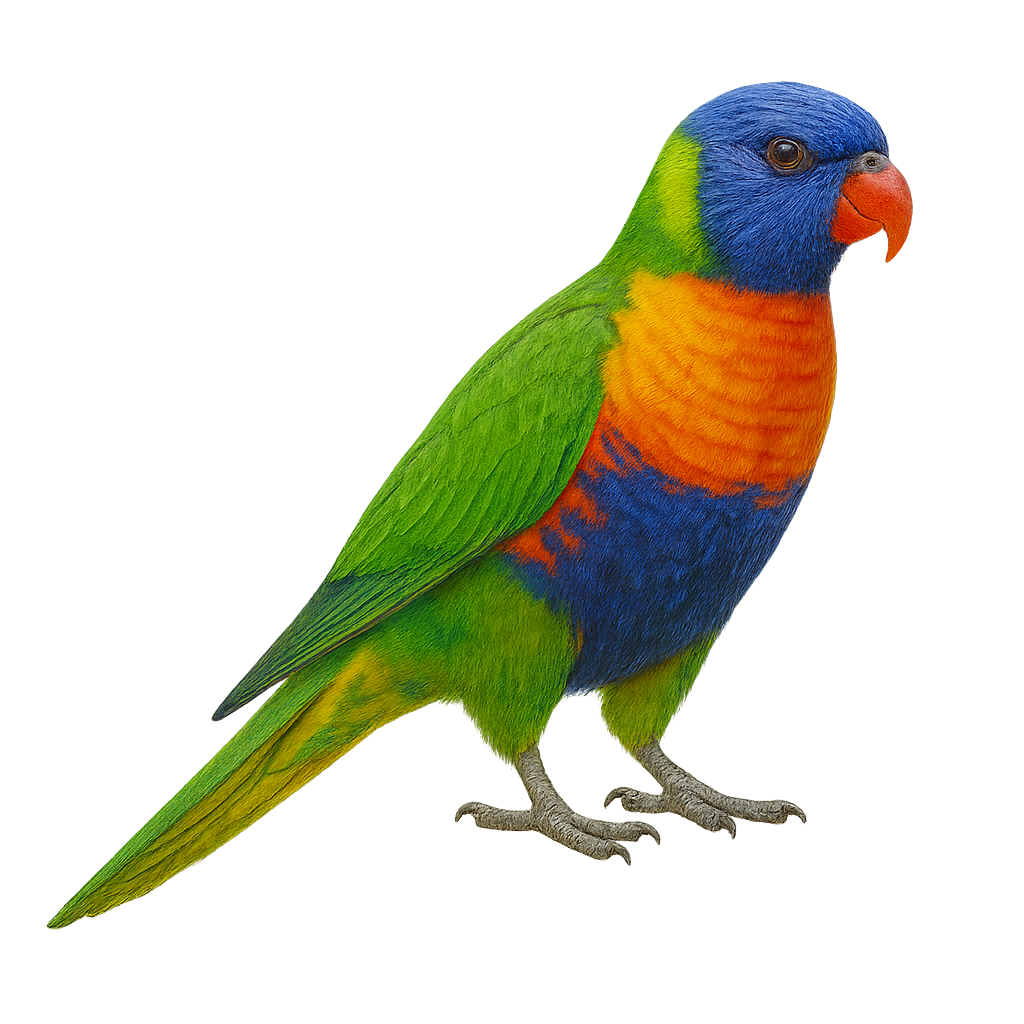Your wildlife photography guide.
Explore the rainbow lorikeet in detail, study its behavior, prepare your shots.
Where to observe and photograph the rainbow lorikeet in the wild
Learn where and when to spot the rainbow lorikeet in the wild, how to identify the species based on distinctive features, and what natural environments it inhabits. The WildlifePhotographer app offers tailored photography tips that reflect the rainbow lorikeet’s behavior, helping you capture better wildlife images. Explore the full species profile for key information including description, habitat, active periods, and approach techniques.
Rainbow Lorikeet
Scientific name: Trichoglossus moluccanus

IUCN Status: Least Concern
Family: PSITTACIDAE
Group: Birds
Sensitivity to human approach: Suspicious
Minimum approach distance: 5 m
Courtship display: August to September
Incubation: 24-26 jours
Hatchings: August to October
Habitat:
Tropical forests, mangroves, urban areas
Activity period :
Primarily active during the day, with peak activity in the morning and late afternoon.
Identification and description:
The Rainbow Lorikeet, or Trichoglossus moluccanus, is a vibrant and dynamic bird native to Australia and surrounding islands. It is easily recognizable by its bright plumage, which includes shades of blue, green, red, and yellow. This medium-sized parrot measures about 25 to 30 cm in length and weighs between 75 and 157 grams. Known for its curved beak and brush-tipped tongue, it primarily feeds on nectar and pollen. Sociable and noisy, it often lives in groups and is very active, swiftly moving from tree to tree. The Rainbow Lorikeet is also appreciated for its ability to mimic sounds and interact with humans.
Recommended lens:
400 mm – adjust based on distance, desired framing (portrait or habitat), and approach conditions.
Photography tips:
To photograph the Rainbow Lorikeet, focus on areas where it feeds, such as flowering trees. Use a 400mm lens or longer to capture details without disturbing the bird. Natural morning or afternoon light is ideal to highlight the vivid colors of its plumage. Be patient and wait for it to perch to get sharp shots.
The WildlifePhotographer App is coming soon!
Be the first to explore the best nature spots, track rutting seasons, log your observations, and observe more wildlife.
Already 1 432 wildlife lovers subscribed worldwide

